Experts say this flooring option can improve air quality – and chances are you already have it in your home
Achieving a healthy home environment has never been easier
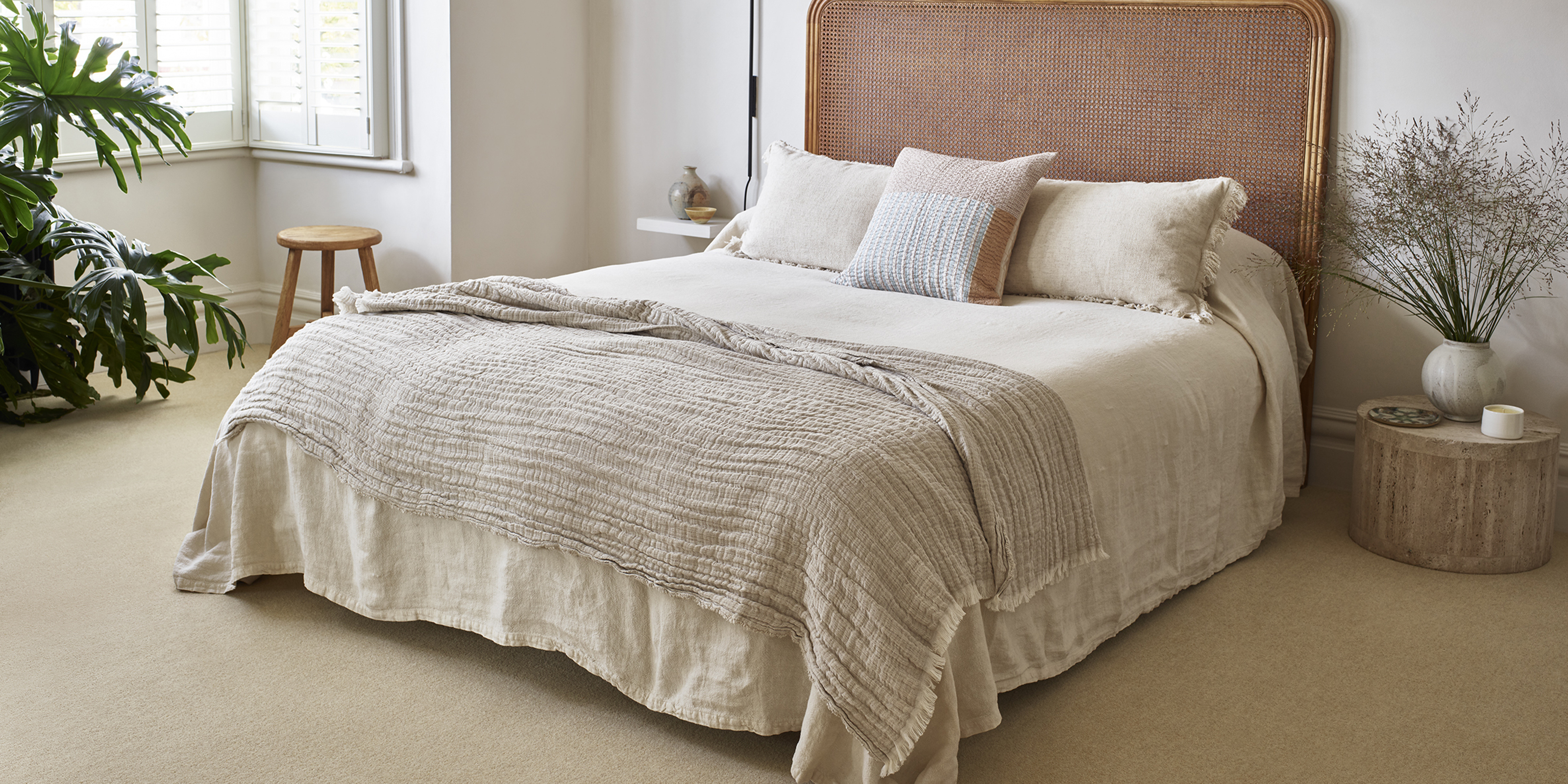


It’s no secret that people have a love-hate relationship with using carpet in the home. On one hand, it’s cosy, warming and adds an easy layer of texture to your room. But on the other, it is often considered less sophisticated than the hardwood or tiled options that have been dominating flooring trends over the last few years. But, carpet is back in style for 2025. And I must admit, this is welcome news – especially considering the host of hidden health benefits that come with this flooring option.
That’s right, carpet works wonders if you want your space to make you feel good. Studies have shown that using carpet can significantly improve the air quality within your home. Improving air quality in the home is essential for bettering your overall well-being and reducing the risk of health issues like cancer and heart disease.
Typically, household devices like air purifiers are a popular choice for maintaining clean air. But carpet can help too – and chances are, you already have it somewhere in your scheme.
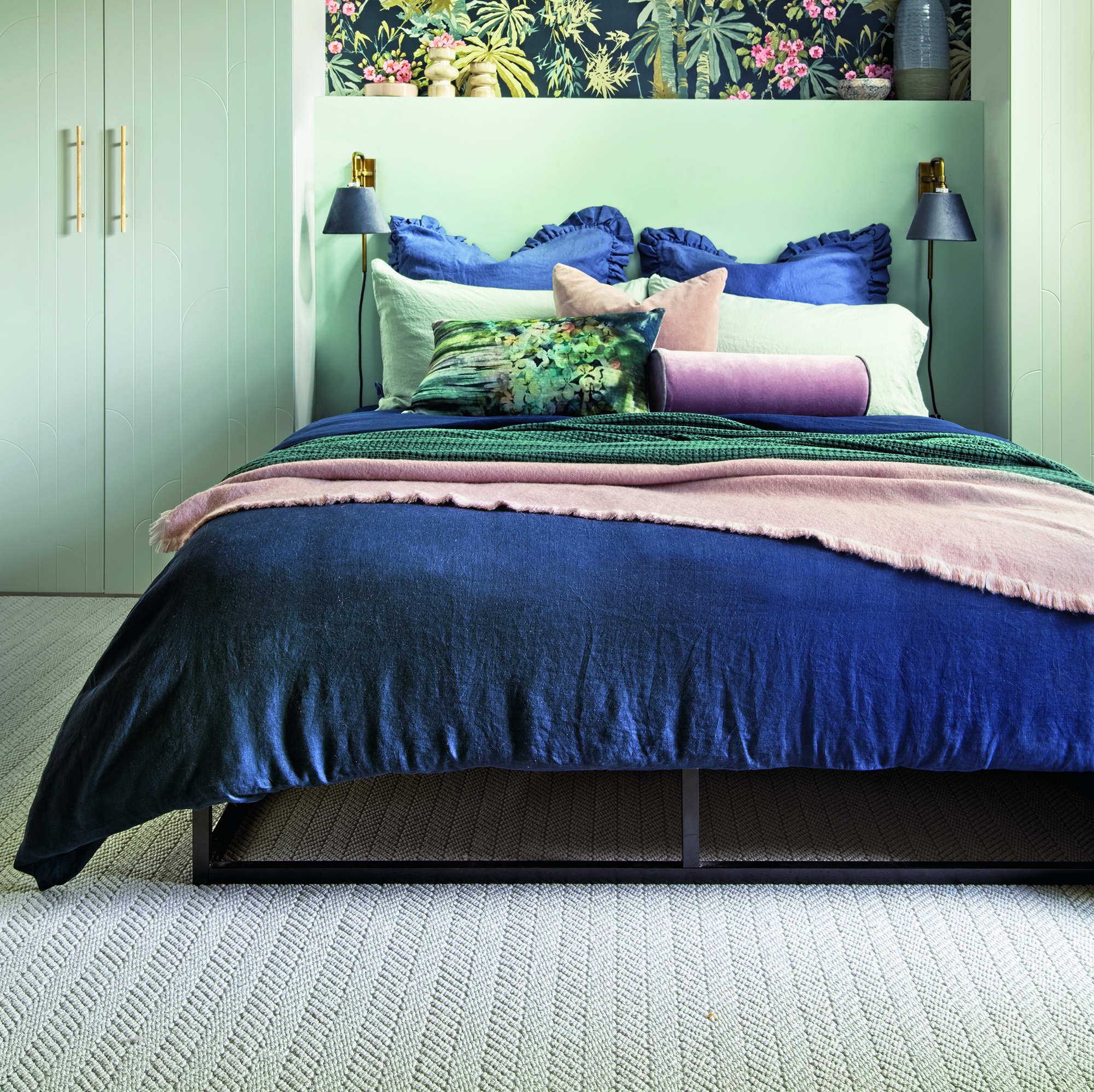
How does carpet improve air quality?
‘Carpets can help improve indoor air quality by trapping dust, allergens, and other particles, preventing them from circulating in the air. Unlike hard floors, which allow dust to be easily spread, carpets hold onto particles that can be easily vacuumed up,’ says Kirsty Barton, Brand Storyteller at Alternative Flooring. This is particularly good news when it comes to keeping the toxins that we cannot see at bay – like volatile organic compounds (VOCs).
VOCs are chemicals that come from most household items like MDF furniture, paint and cleaning products. While these chemicals are all around us, breathing them in can cause irritation to the eyes, nose and throat. VOCs are difficult to avoid, but carpet can help.
‘Studies have proven that carpet contributes much less to indoor pollution than many other indoor finishes and materials,’ says Rupert Anton, spokesperson at The Carpet Foundation. ‘These studies showed that taking paint as being rated 100, carpet emits 1/200th of the VOC gasses given off by paint,’ he adds.
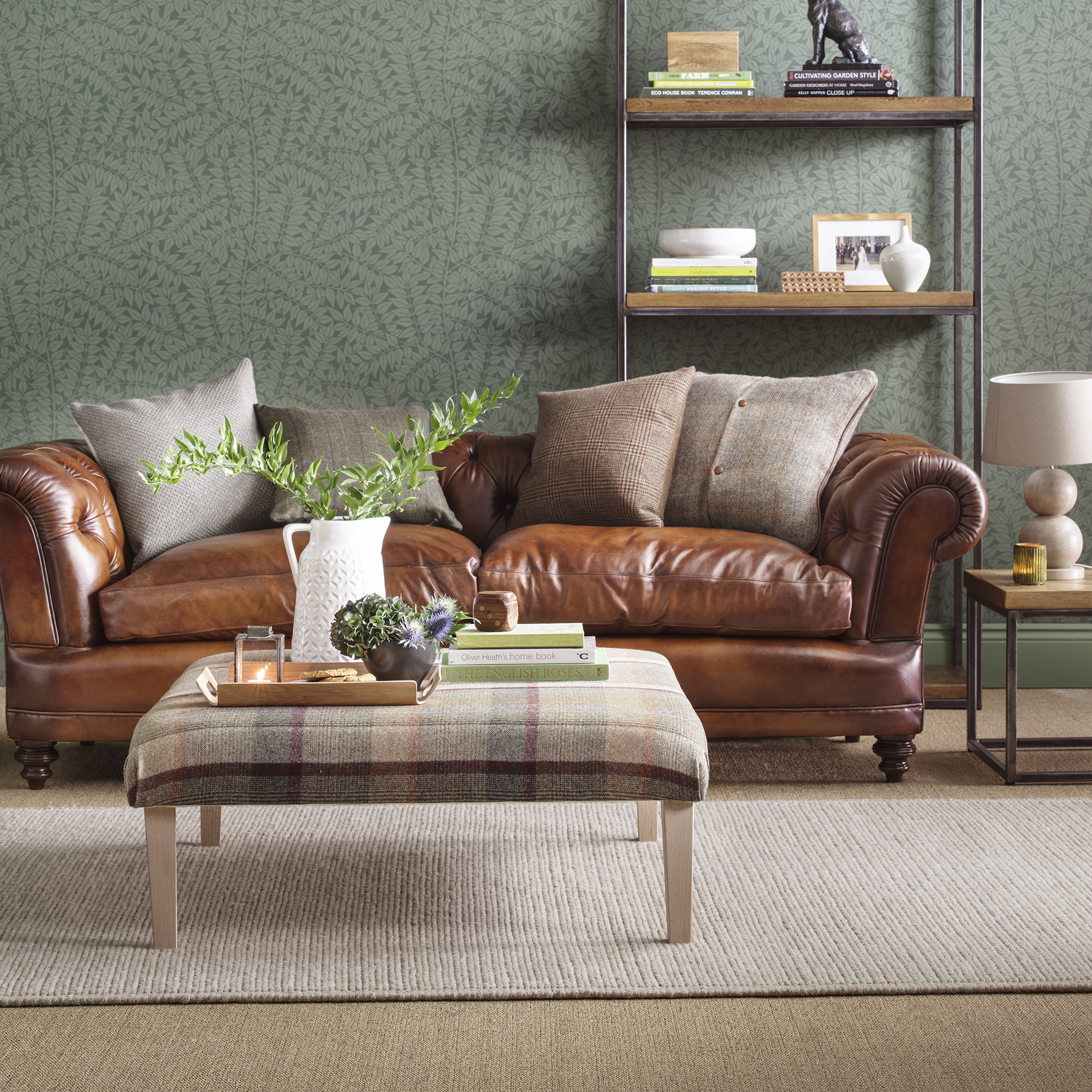
Not only do carpets naturally emit less VOCs than other household materials, they also prevent other pollutants, like dust mites and pollen, from becoming airborne. ‘It’s a common misconception that hard flooring is more hygienic than carpet. Dust and germs will sit on top of a hard flooring, making it the worst choice for allergies as the pollen sits on the surface and moves around. The particles are trapped by the wool fibres of the carpet, keeping them inside the strands until they are vacuumed up,’ says Jodie Hatton, Design Manager at Brintons.
Get the Ideal Home Newsletter
Sign up to our newsletter for style and decor inspiration, house makeovers, project advice and more.
What’s more – when allergens become trapped in carpet, they are unable to thrive. ‘The humidity in the carpet is too low for dust mites to thrive… they need a temperature between 18 and 25C and 60–70% humidity to live,’ says Rupert. Carpets simply trap the mites until they are vacuumed away. ‘The three-dimensional structure of carpet acts like a sponge to soak up mites and allergens, which are then removed when you vacuum.’
Using carpet in the home
When it comes to deciding where is best to add carpet, it’s important to remember that this flooring option will work in most rooms throughout the home. If you want to optimise air quality in areas where it might be worse, there is tech available to help you monitor air quality. But if you'd rather not invest, a failsafe option is the bedroom.
Bedroom carpet ideas not only add a relaxing feel, but their air-purifying properties can also reduce the chances of a bad night’s sleep. ‘Bedrooms should be a clean and comfortable sanctuary, promoting restful sleep and overall well-being, so carpeting in the bedroom is a great choice for maintaining good air quality,’ advises Kirsty.
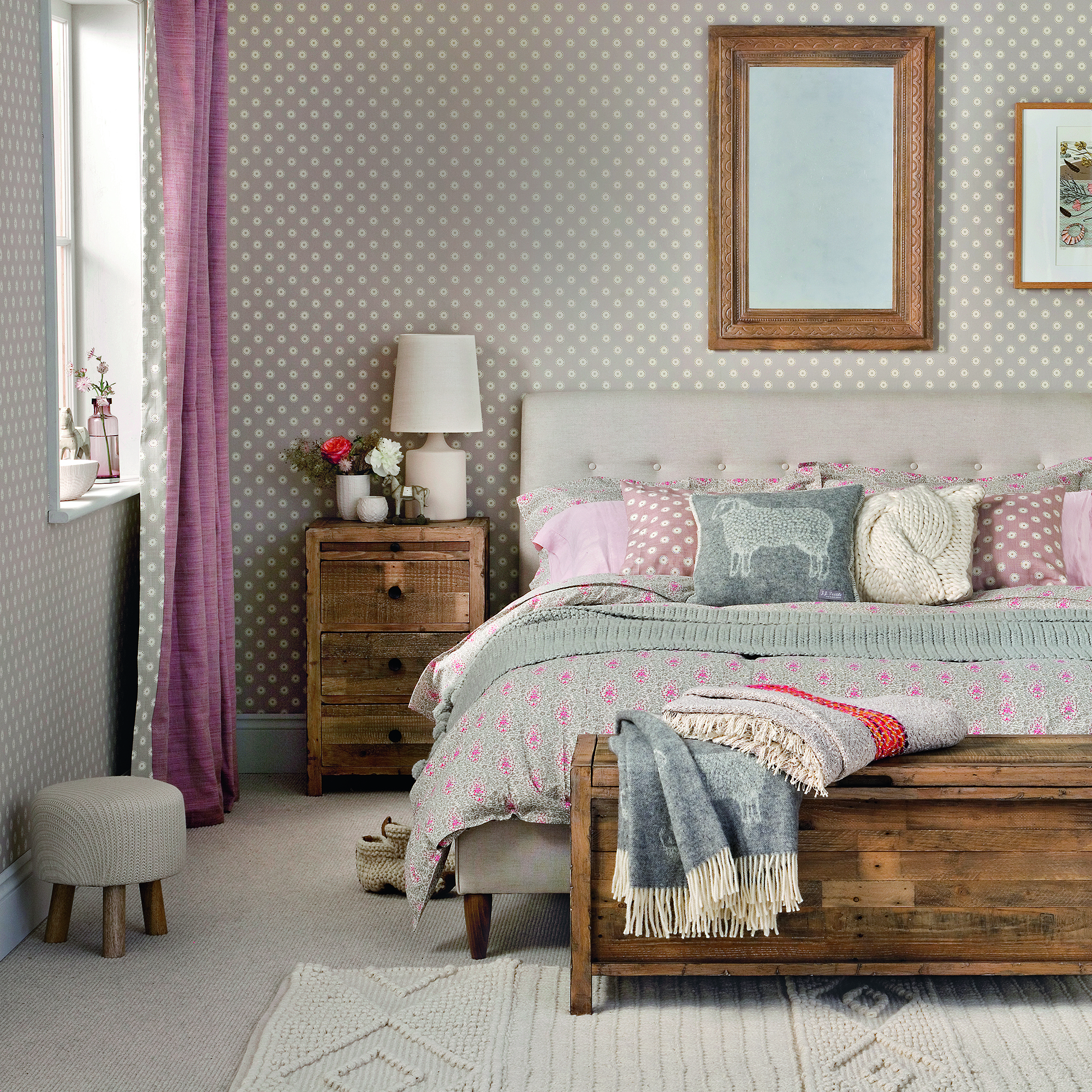
And, Rupert agrees. ‘With a higher humidity than carpet, bedding and bedrooms are the primary location for dust mites to thrive,’ he says. Laying carpet and keeping it fresh with regular vacuuming is a great way to avoid these risks.
There are many different types of carpet to choose from too. But, wool is a great option for cleaner air. ‘Low-pile or wool carpets naturally resist dust mites and allergens, and they’re particularly excellent at absorbing airborne toxins like VOCs and excess moisture, contributing to a healthier environment at home,’ says Kirsty.
Will you be adding more carpet to your home in 2025?

Maddie Balcombe joined the Ideal Home team as Editorial Assistant in December 2024. Having always been a keen writer and reader, she graduated from Cardiff University with a Bachelor’s degree in English and Journalism, and a Master’s degree in Magazine Journalism, in June 2024.
Maddie’s time at university cemented her interest in homeware and interior design; deciding how to decorate her new dorm room was a highlight of each year!
After her studies, Maddie kickstarted her career by freelancing for a number of women’s lifestyle magazines – including Woman&Home and Woman’s Weekly – before making the leap to interiors and joining the Ideal Home team full-time.
You must confirm your public display name before commenting
Please logout and then login again, you will then be prompted to enter your display name.
-
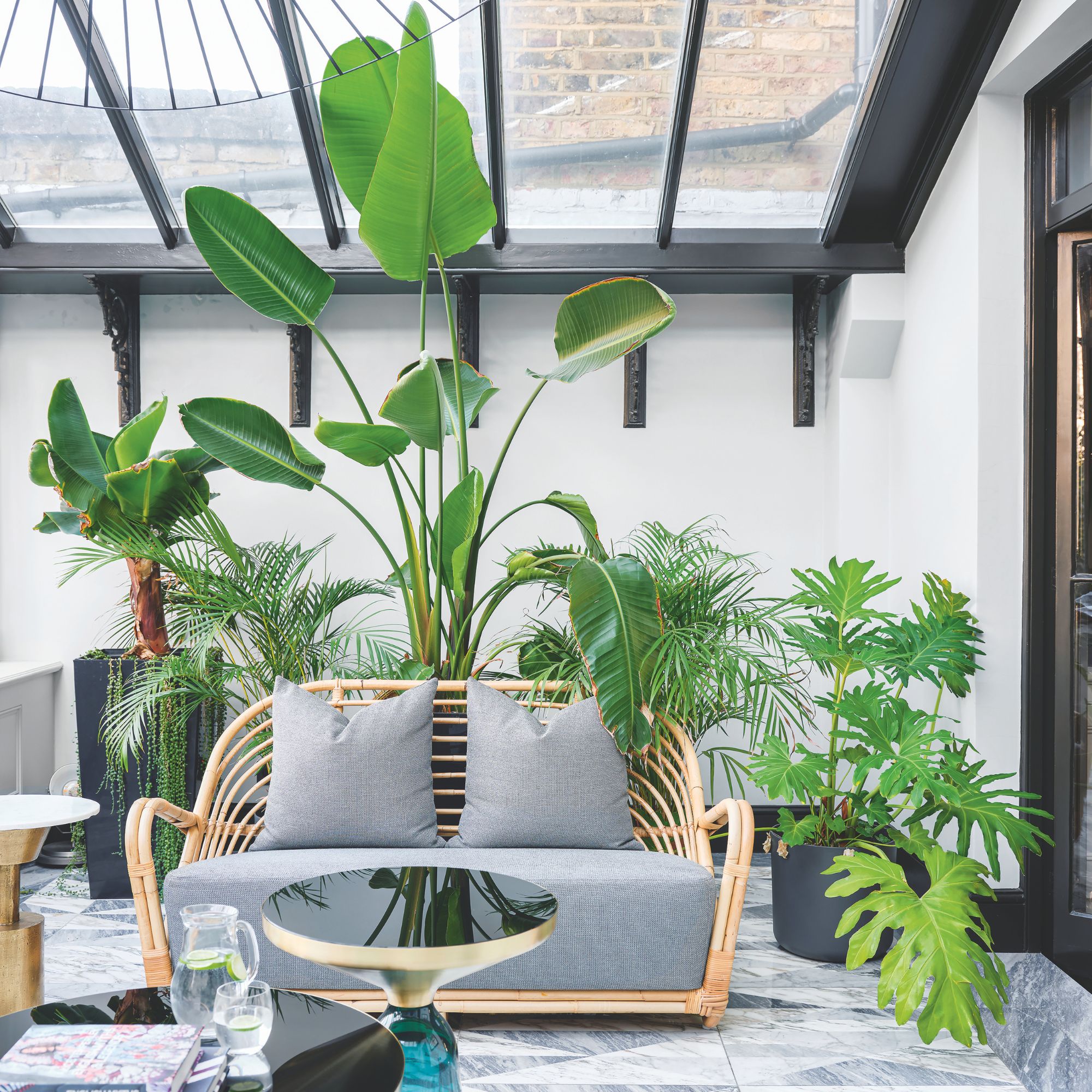 Will a conservatory add value to your home and how can you maximise it?
Will a conservatory add value to your home and how can you maximise it?This is what the pros say
By Amy Reeves
-
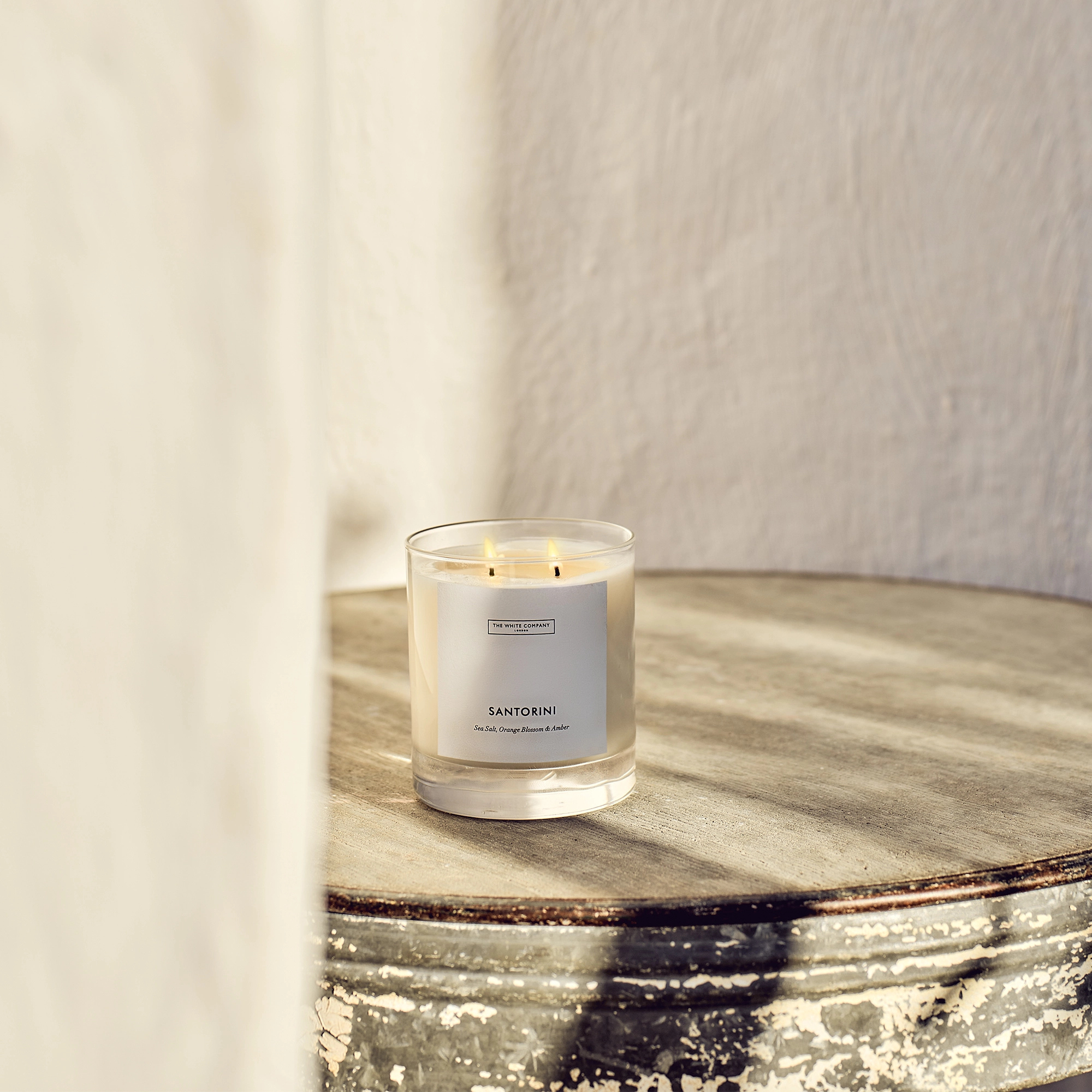 I’ve been looking for a new signature scent for my home and The White Company's new fragrance is the exact summer holiday smell I needed
I’ve been looking for a new signature scent for my home and The White Company's new fragrance is the exact summer holiday smell I neededSantorini smells fresh, summery and sophisticated
By Kezia Reynolds
-
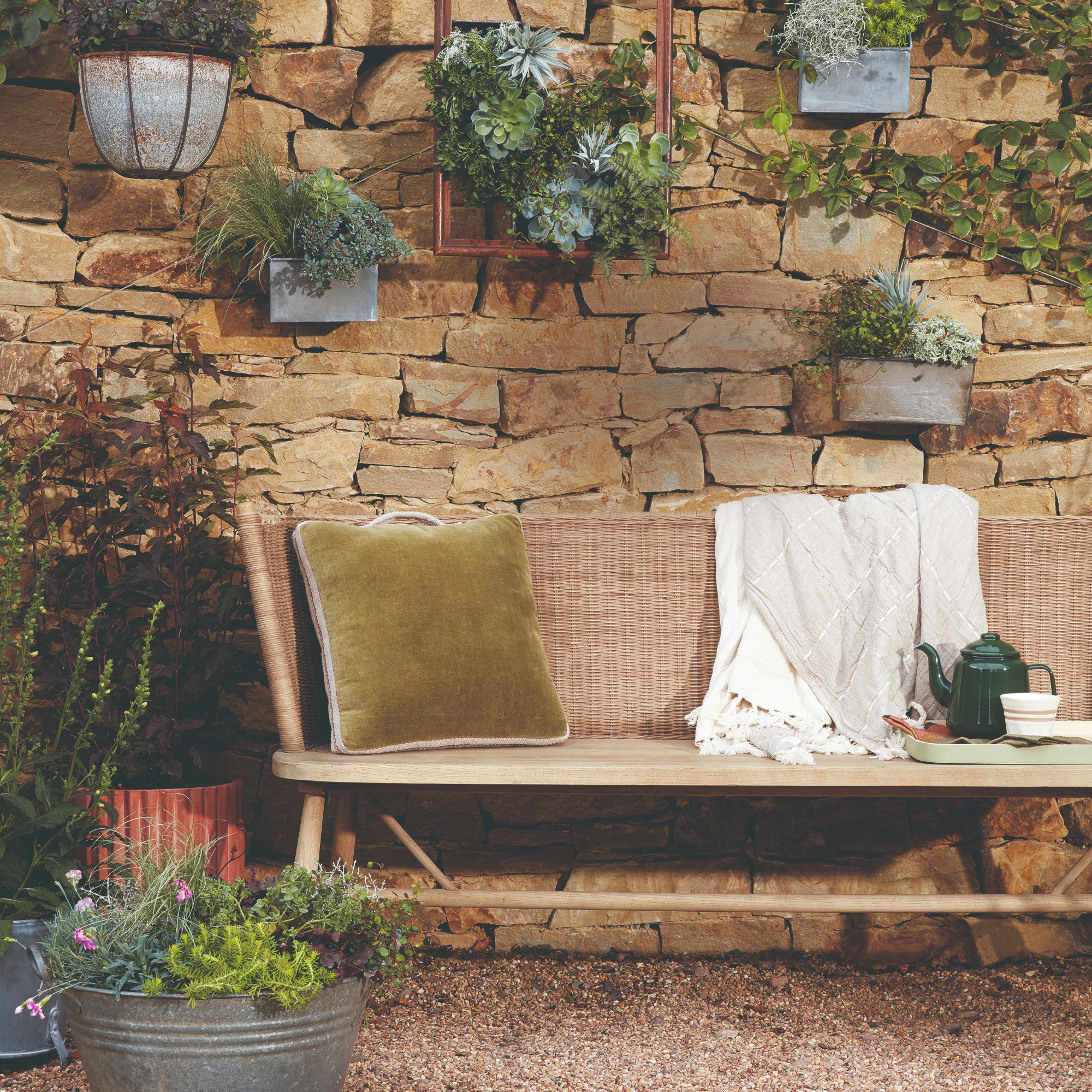 How to remove algae from garden walls in five steps – and the cleaning product experts rave about for tackling it fast
How to remove algae from garden walls in five steps – and the cleaning product experts rave about for tackling it fastExperts share their top tips for getting garden walls algae-free
By Katie Sims
-
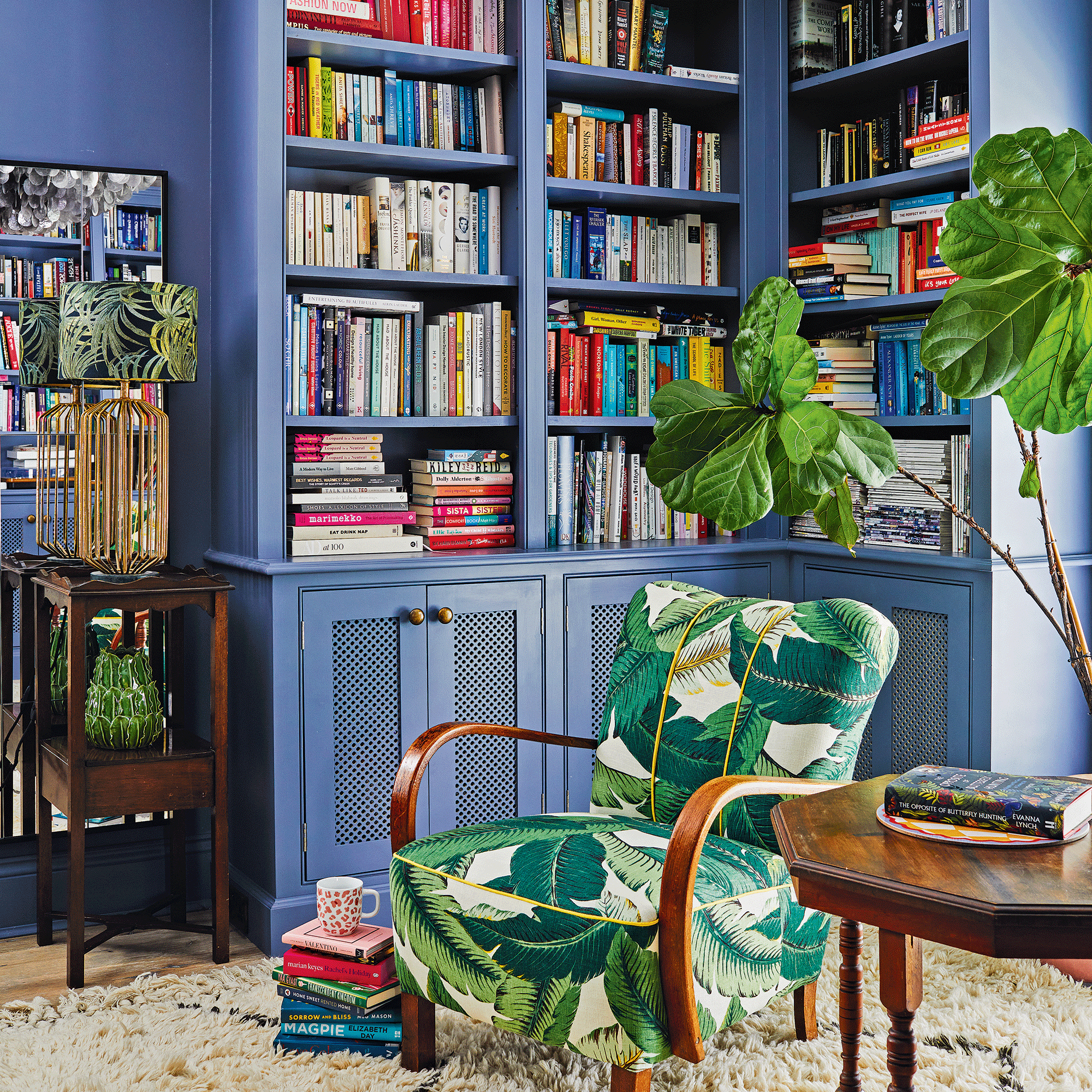
 How to get rid of emotional clutter in the home – free yourself from the things keeping you stuck in the past
How to get rid of emotional clutter in the home – free yourself from the things keeping you stuck in the pastEmotional clutter is the hardest to clear out, but we have some advice from the experts on how to tackle it
By Vanessa Richmond
-
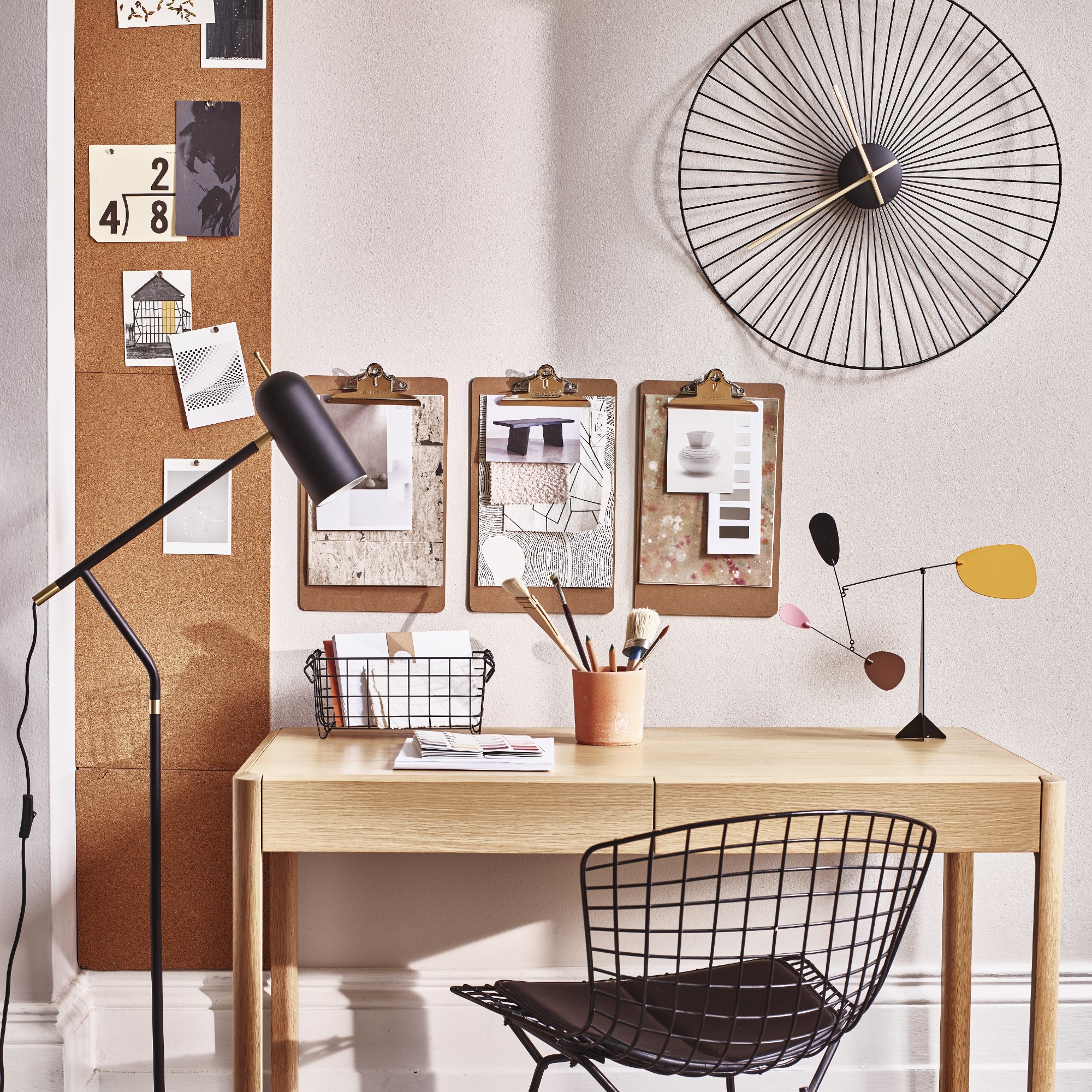 Productivity hacks for tackling life admin - this is how the experts keep their homes running smoothly
Productivity hacks for tackling life admin - this is how the experts keep their homes running smoothlyTips to get you, your wardrobe and your home in order and keep them that way
By Andrea Childs
-
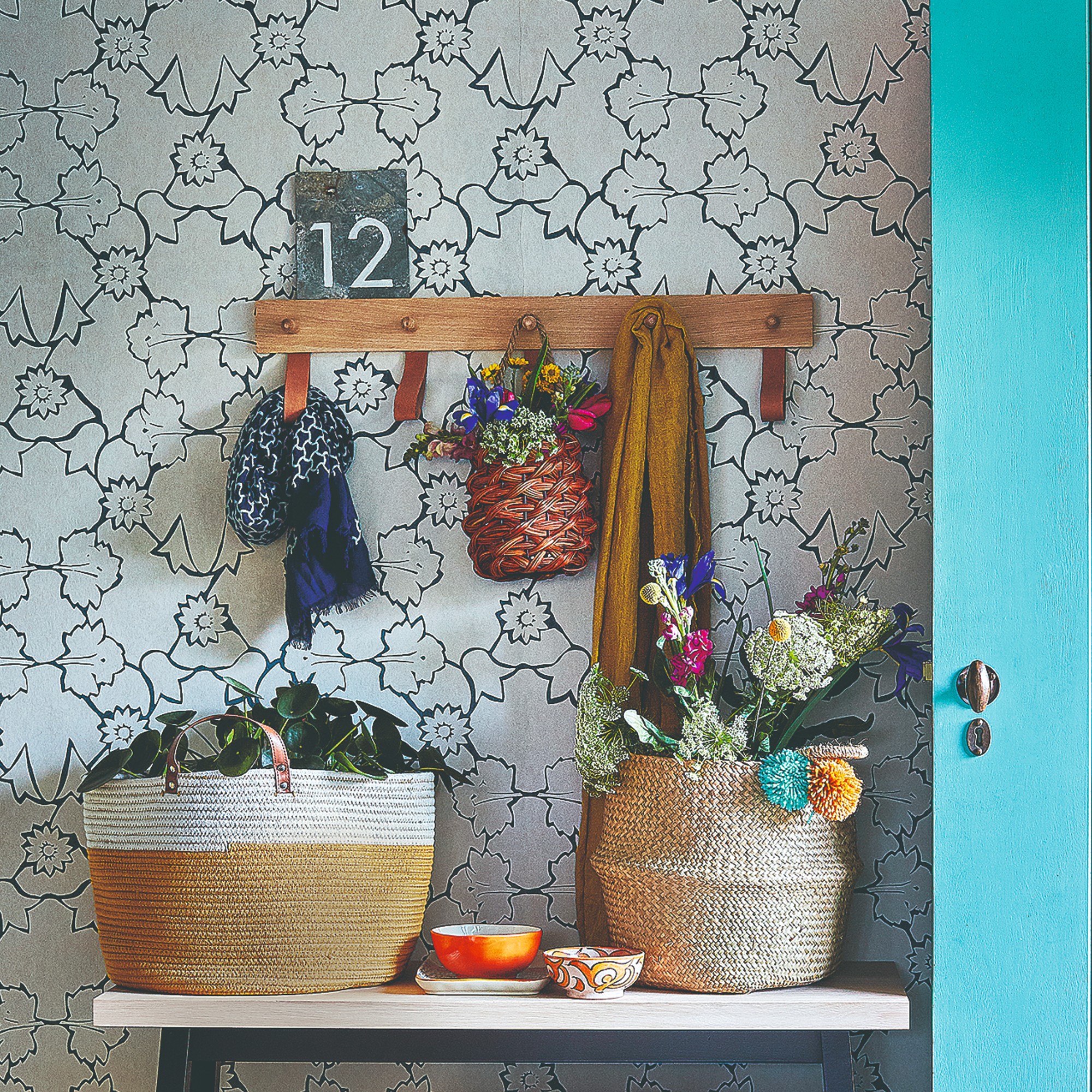 How to give your home a September reset - get the house (and kids) ready for back-to-school season
How to give your home a September reset - get the house (and kids) ready for back-to-school seasonTrain the kids in these systems and strategies to make Monday to Friday more manageable
By Vanessa Richmond
-
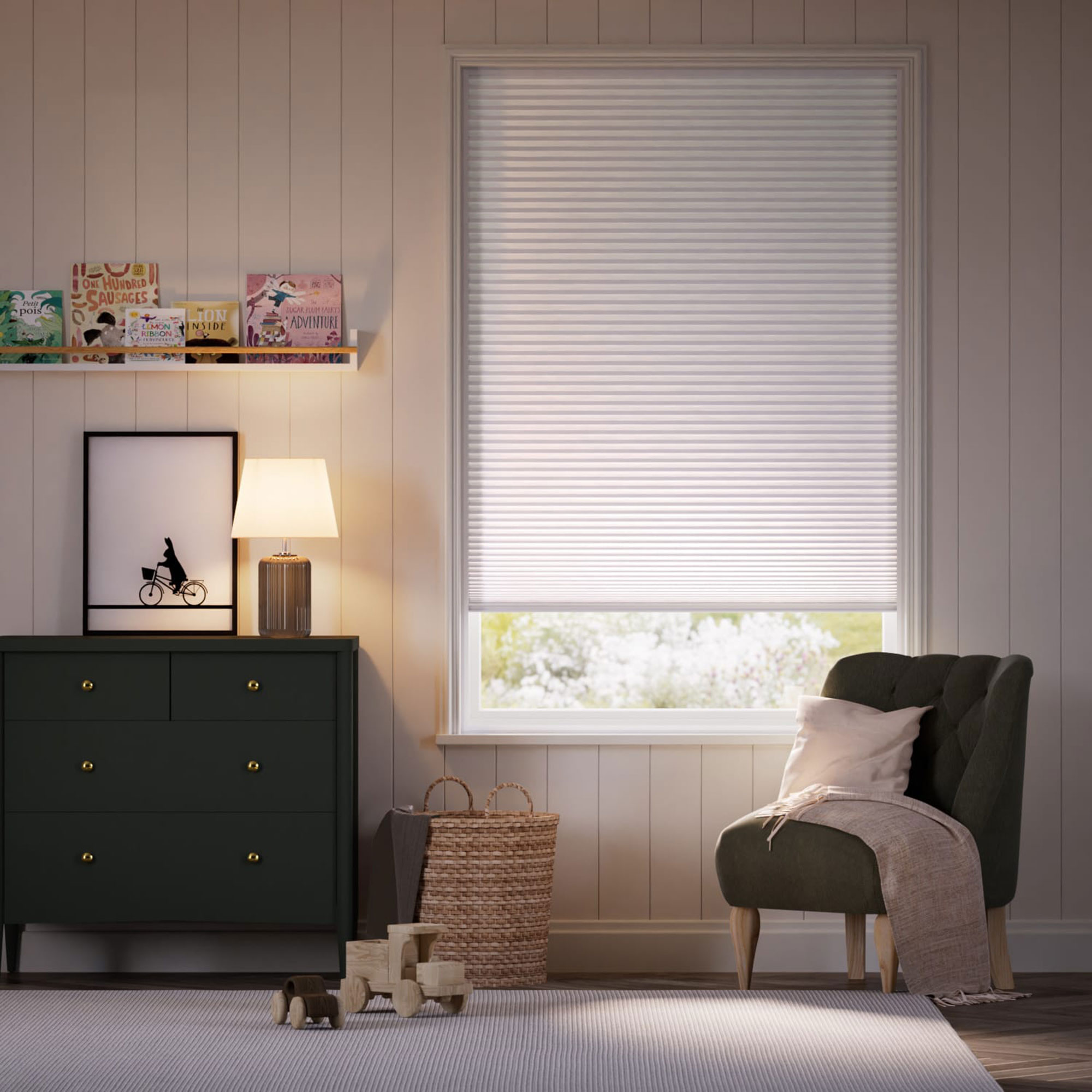 How to fit blackout blinds – Expert advice on how to measure and install them in a bedroom or living room
How to fit blackout blinds – Expert advice on how to measure and install them in a bedroom or living roomDIY your way to a darker room and better night's sleep
By Vanessa Richmond
-
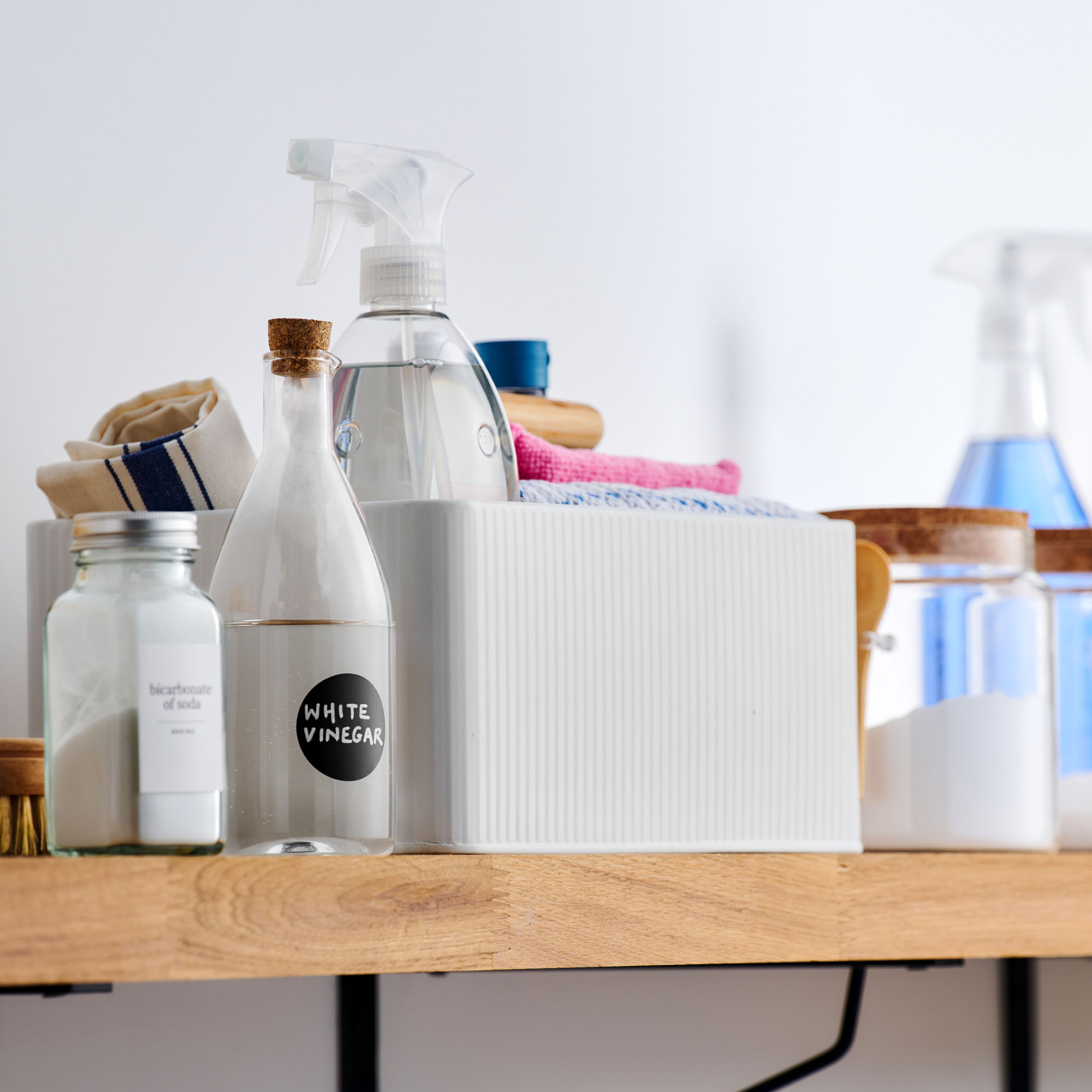
 7 mindful ways to clean your home - don't stress about chores, turn them into therapy
7 mindful ways to clean your home - don't stress about chores, turn them into therapyExperts share the proven ways you can turn cleaning into selfcare
By Vanessa Richmond
-
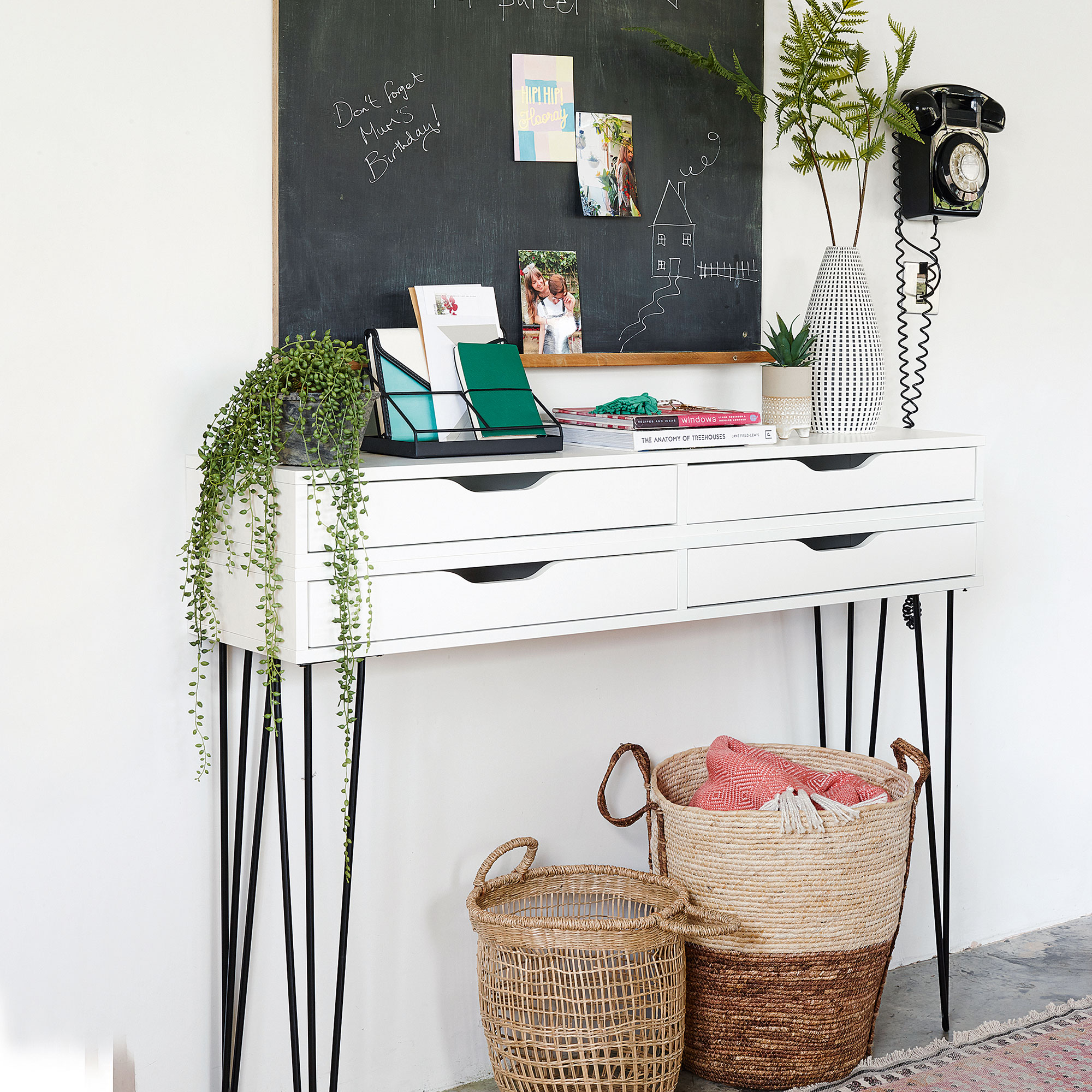 9 mindful ways to declutter your home - turn a stressful chore into a calming, reflective ritual
9 mindful ways to declutter your home - turn a stressful chore into a calming, reflective ritualTackle your next decluttering session with this mindful approach and feel the benefits
By Vanessa Richmond
-

 How to use essential oils to clean your home naturally – everything you need to know
How to use essential oils to clean your home naturally – everything you need to know8 essential oils to choose for a naturally clean home
By Andrea Childs
-
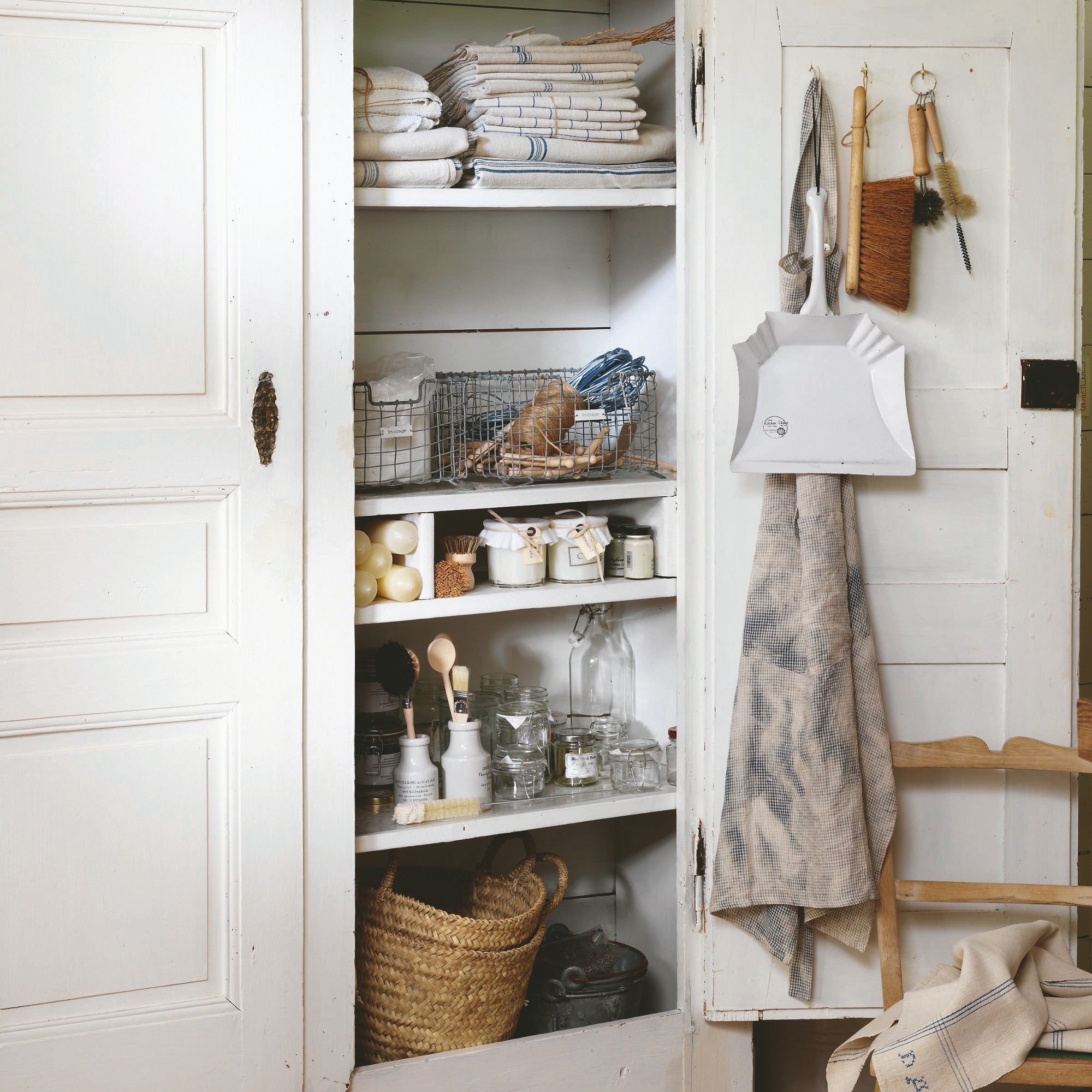 How to make cleaning a habit - tricks experts use to make maintaining a clean home easier
How to make cleaning a habit - tricks experts use to make maintaining a clean home easierGet it right and you’ll never have to do a ‘big clean’ again
By Vanessa Richmond